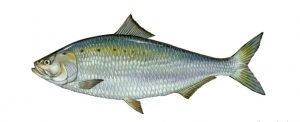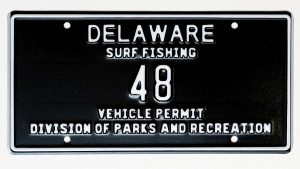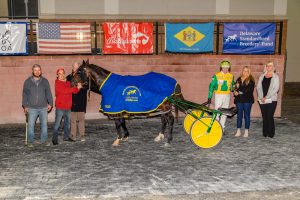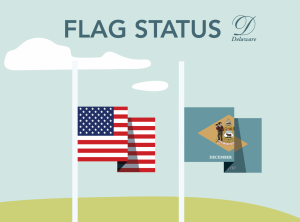DOVER – Fawning season for white-tailed deer has begun in Delaware, with the majority of fawns being born during the last week of May through the first week of June. Every year, during this time, well-meaning Delawareans make calls to DNREC’s Division of Fish & Wildlife because they think they’ve found “abandoned” fawns.
“Actually, these fawns have not been abandoned at all. The fawns and their mothers are doing what evolution has taught them to do,” said Division of Fish & Wildlife Deer Biologist Emily Boyd. “Even if a fawn appears to be alone, the mother is likely close by. Newborn fawns need to feed every few hours so the doe is never far away. Young fawns are left alone for extended periods of time by their mothers as a survival mechanism because newborn fawns are unable to flee from predators. The more often a mother visits a fawn, the more attention she risks bringing to her fawn from predators, which is why she only visits to feed them.” Fawns don’t start traveling with their mothers until they have reached sufficient size, at around two months of age.
“Unfortunately, every year, the Division of Fish & Wildlife receives calls that someone has ‘saved’ an ‘abandoned’ fawn and brought it home or to a wildlife rehabilitator,” Boyd said. “Though well-intentioned, people who remove fawns and other wildlife from the wild have harmed the animals they were trying to help because the animal’s best chance at survival is with their parents who can care for and raise them.” Fawns raised in the wild are able to learn survival instincts from their mothers that people simply cannot teach them.
Not only is removing a fawn from its habitat not in the animal’s best interest, it is also illegal in Delaware to possess or attempt to rehabilitate a live white-tailed deer or any native wildlife without a permit from the Division of Fish & Wildlife. These offenses are punishable by fines of $100 to $250 per offense, plus prosecution and court costs. A second offense within five years of a conviction is punishable by a fine of $100 to $500 plus court costs; the person may also face up to 20 days in jail in addition to or in place of the fine. Furthermore, it is a violation of both state and federal laws to move wildlife between states.
Any deer held illegally in captivity will be seized by the Division of Fish & Wildlife. Sometimes these confiscated deer have to be euthanized if not suitable for rehabilitation, due to concerns of disease transmission.
“If you happen upon a fawn or other young wild animal, please leave it, disturbing the animal and the area around it as little as possible. In the first few weeks of life, the fawn and doe go through a critical bonding period. If the fawn or doe are disturbed during this period, it can lead to fawn abandonment,” Boyd said. “The bottom line is, if you really care about the fawn and its well-being, please leave the animal alone. Its mother will soon return and the animal will have a far greater chance at survival than if you take it home. Remember, a wild animal’s best chance at survival is when it is left in the wild.”
For more information about fawns or Delaware’s white-tailed deer, please contact Emily Boyd, Division of Fish & Wildlife, at 302-735-3600.
Media contact: Joanna Wilson, DNREC Public Affairs, 302-739-9902
Vol. 47, No. 118
-30-













































































